
In our list of crowded places, we have compiled the most crowded cities in the world for you. We wish you good reading.
20) Guangzhou, China (13,635.39)
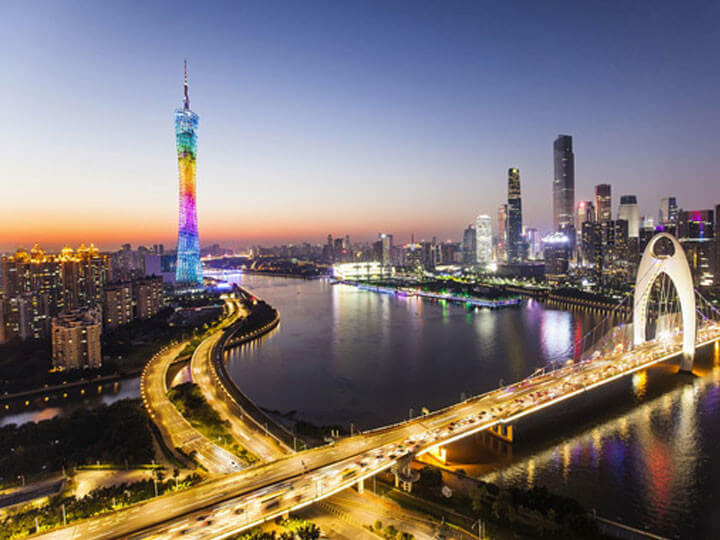
It is the capital and largest city of Guangdong Province in southern China. It has a history of 2,200 years dating back to the Chinese Dynasty. Throughout history, it has functioned as the political, military, economic, cultural, scientific and educational center of Southern China. Guangzhou is the largest foreign trade port in South China. It has functioned as the main port of the Maritime Silk Road since the 3rd century.
Guangzhou was classified as an “Alpha World City” in the 2018 ranking of “global cities” by the Globalization and World Cities Research Network.
19) Tientsin, China (13,866,009)

Tientsin is the largest “Open Coast City” in Northern China. Today, Tientsin is a dual-core city with its main urban area (including the old city) located along the Hai River, which is connected to the Yellow and Yangtze Rivers via the Grand Canal.
Tianjin has been rated a Beta (global second tier) city by the Globalization and World Cities Research Network. Tientsin was opened to the world in 1860 as a trading port; on top of that, nine countries including England, France and other countries established concession zones in Tientsin. Westernization supporters of the Qing Dynasty also used Tientsin as their main activity.
18) Manila, Philippines (14,158,573)
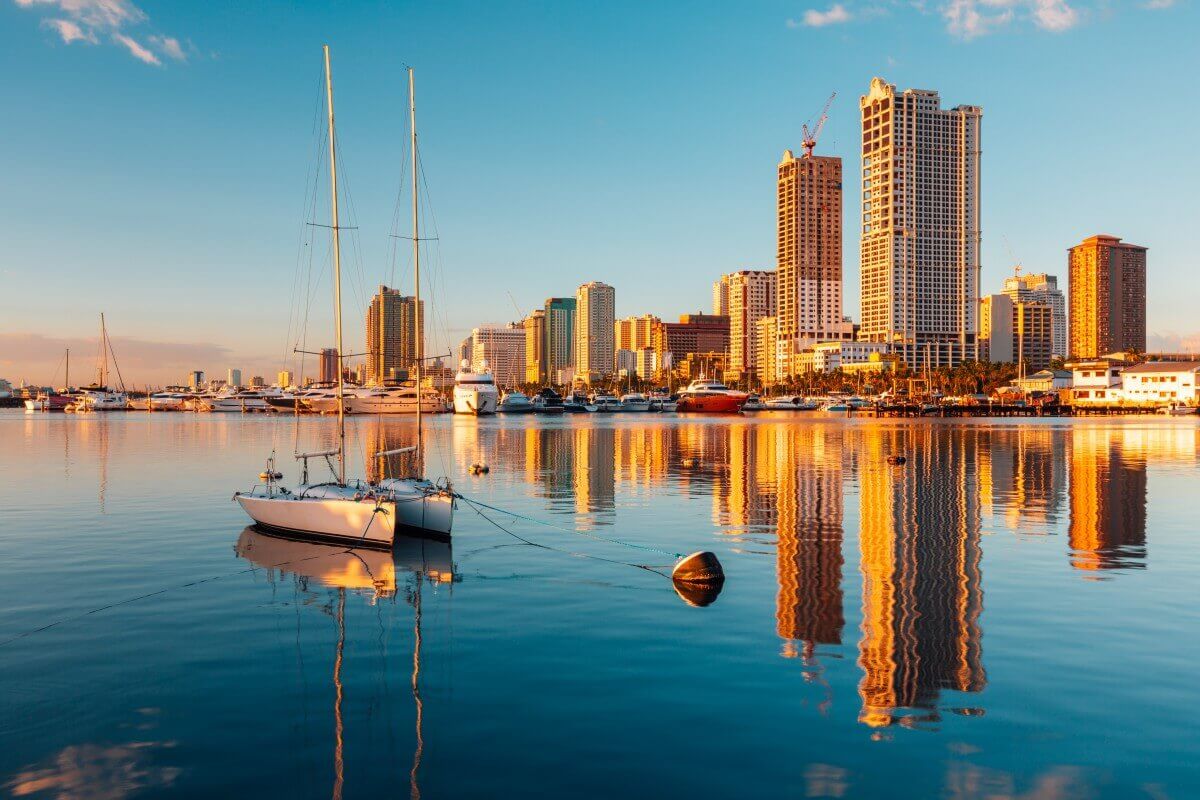
Manila City is located on the eastern shore of Manila Bay, at the western tip of Luzon, 1,300 km from mainland Asia. Manila is the second most affected capital city in the world after Tokyo. However, it is among the most populated and fastest growing cities in Southeast Asia. The city has a planned structure. In 1905, American Architect and Urban Planner Daniel Burnham was commissioned to design the new capital city.
17) Lagos, Nigeria (14,862,111)

Lagos is Nigeria’s largest city and economic centre. At the same time, the Lagos metropolitan area is an important educational and cultural center in Sub-Saharan Africa. Lagos consists of two areas, the mainland and the island. Lagos is one of the fastest growing cities in the world by most estimates.
16) Kinshasa, Democratic Republic of the Congo (14,970,460)
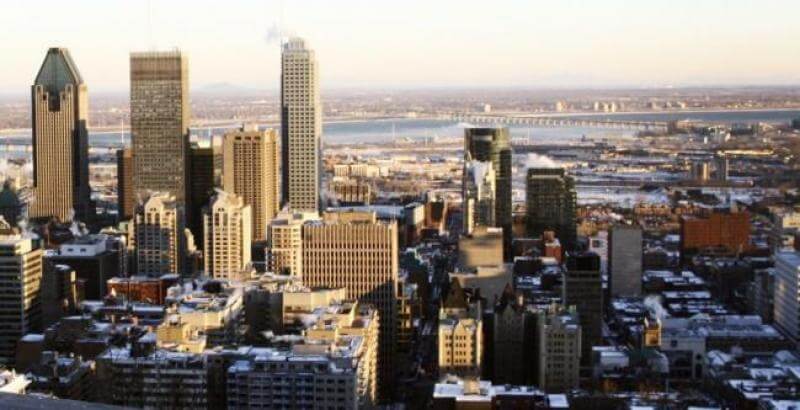
It is the capital and largest city of the Democratic Republic of the Congo, one of the first places that come to mind when crowded places are mentioned. Kinshasa (formerly Léopoldville) is Africa’s third largest metropolitan area after Cairo and Lagos. 13% of the country’s population lives in Kinshasa, which is the most populous city of the Democratic Republic of Congo in terms of population density and is also the capital of the country.
15) Kolkata, India (14,974,073)
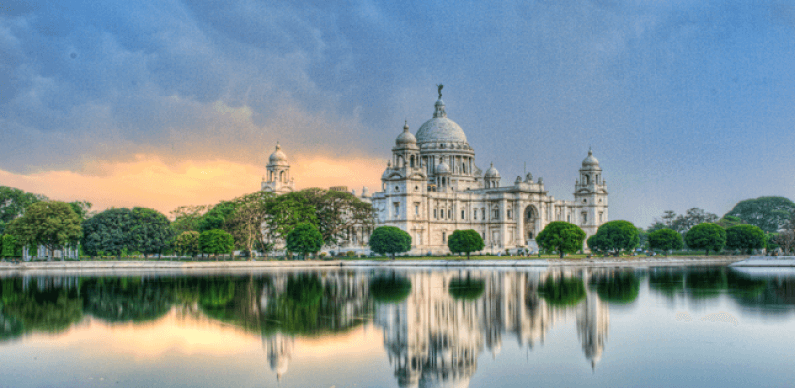
Located on the east bank of the Hooghly River, the city is about 80 kilometers (50 miles) west of the Bangladesh border. It is the primary business, commercial and financial center of eastern India and the main port of communication for North-East India. “Port of Kolkata” It is India’s oldest operating port and entirely its main riverfront port. Kolkata is considered the Cultural Capital of India. According to the 2011 census, 76.51% of the population is Hindu, 20.60% Muslim, 0.88% Christian, and 0.47% Jain.
14) Buenos Aires, Argentina (15,257,673)

It is the capital and largest city of Argentina. The city is located on the west bank of the Río de la Plata. The city of Buenos Aires is neither part of the Province of Buenos Aires nor the capital of the province; Rather, it is an autonomous region. In 1880, after decades of political conflict, Buenos Aires was federalized and removed from the Province of Buenos Aires. Buenos Aires’ quality of life was ranked 91st in the world in 2018 as one of the best in Latin America.
It is a multicultural city that is home to a large number of ethnic and religious groups, contributing to its culture and the dialect spoken in the city and some other parts of the country. According to some studies conducted in 2010, it is estimated that 4 million people live in poverty in the metropolitan area of Buenos Aires.
13) Istanbul, Turkey (15,415,197)

Istanbul is the most populous city in Europe. It is located in both Europe and Asia with a population of more than 15 million, which constitutes 19% of the country’s population. Istanbul is home to many UNESCO World Heritage Sites. It is also home to the headquarters of many Turkish companies that make up more than 30% of the country’s economy.
For most of its history, Istanbul has been among the largest cities in the world. By 500 AD the city had a population of between 400,000 and 500,000. According to 2020 data, 64.4% of the residents live on the European side and 35.6% on the Asian side. Istanbul has experienced rapid growth with its population increasing decadently between 1950 and 2000, especially in the second half of the 20th century.
12) Karachi, Pakistan (16,459,4720)

Karachi, which is among the crowded places, is the capital of the Sindh province of Pakistan. Pakistan is the premier industrial and financial centre. Karachi is the most cosmopolitan city in Pakistan, being linguistically, ethnically and religiously diverse. Pakistan’s two major port houses, Karachi Port and Port Bin Qasim, as well as Pakistan’s busiest airport, Jinnah International Airport are located here.
It experienced international military and political problems in the 1980s. It fell from the list of the 6th most dangerous cities in the world in terms of crime in 2014 to 115th in mid-2021. Despite the economic recession caused by socio-political unrest in the late 1980s and 1990s, it remains Pakistan’s largest urban economy. The city is a melting pot of ethno-linguistic groups from all over Pakistan, as well as immigrants from other parts of Asia.
11) Osaka, Japan (19,110,616)
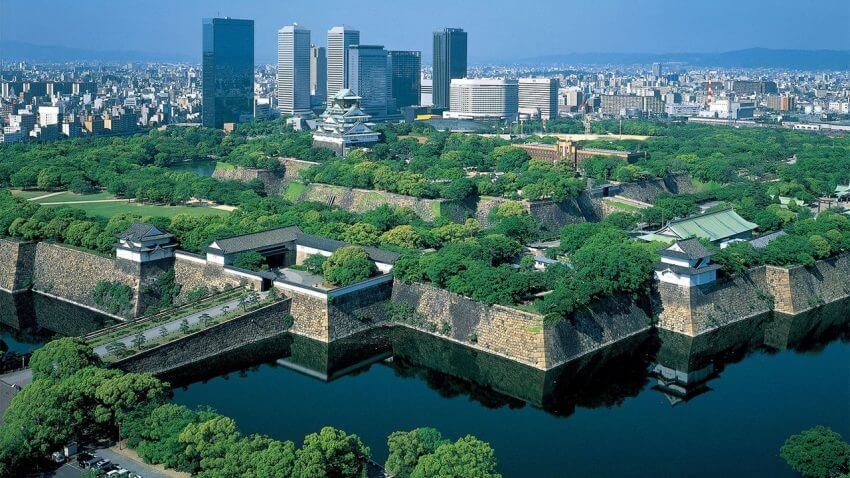
The capital of Osaka State is also among the crowded places. It is the third most populous city in Japan after Tokyo and Yokohama. Osaka is traditionally considered the economic center of Japan. It developed into an important regional port during the Kofun period (300-538), and in the 7th and 8th centuries, it was used as the imperial capital. Population data in Osaka were first recorded since 1873, in the early Meiji period. The Great Kanto earthquake caused a mass exodus to Osaka between 1920 and 1930, making the city the most populous city in Japan with 2,453,573 people in 1930.
10) Mumbai, India (20,667,656)

Mumbai is located on the west coast of India on the Konkan coast and has a deep natural harbor. Mumbai Port is one of the oldest and most important ports in India. Mumbai is India’s largest city (by population) and is the country’s financial and commercial capital. Mumbai also suffers from the same major urbanization problems seen in many fast-growing cities in developing countries: poverty and unemployment. Mumbai, like all other metropolitan cities of India, has a multilingual population. Sixteen major languages of India are spoken in Mumbai, the most common being Marathi and the East Indian dialect.
9) Cairo, Egypt (21,322,750)
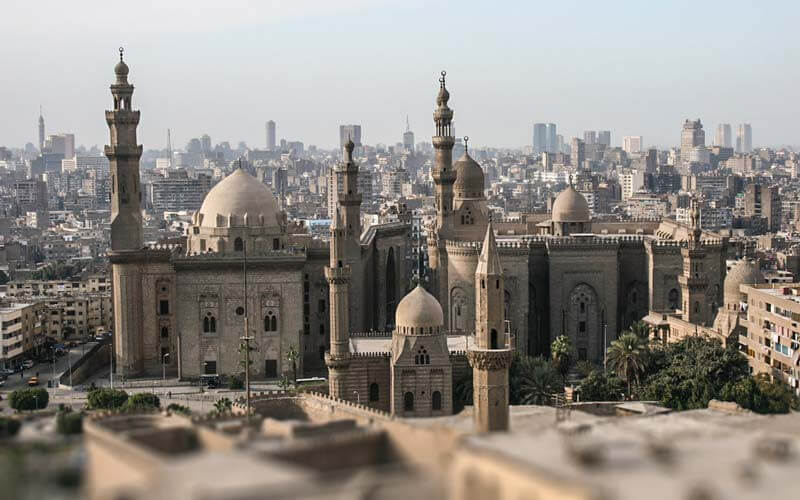
Cairo has been nicknamed the “city of a thousand minarets” due to the dominance of Islamic architecture, and is also among the crowded places with a population of 21,322,750. The pyramid and ancient city of Giza complex is located in the geographic area of Memphis. The capital of Egypt, the oldest and largest film and music industries in the Middle East and the Arab world, as well as the world’s second oldest institution of higher education, Al-Azhar University is located here.
Located in Cairo, Ramses Station is the hub of the Egyptian transport network. Cairo’s economy has traditionally been based on government institutions and services. The modern manufacturing sector has expanded in the 20th century to include developments in textiles and food processing, particularly sugarcane production. As of 2005, Egypt has the largest non-oil-based gross domestic product in the Arab world.
8) Dhaka, Bangladesh (21,741,090)
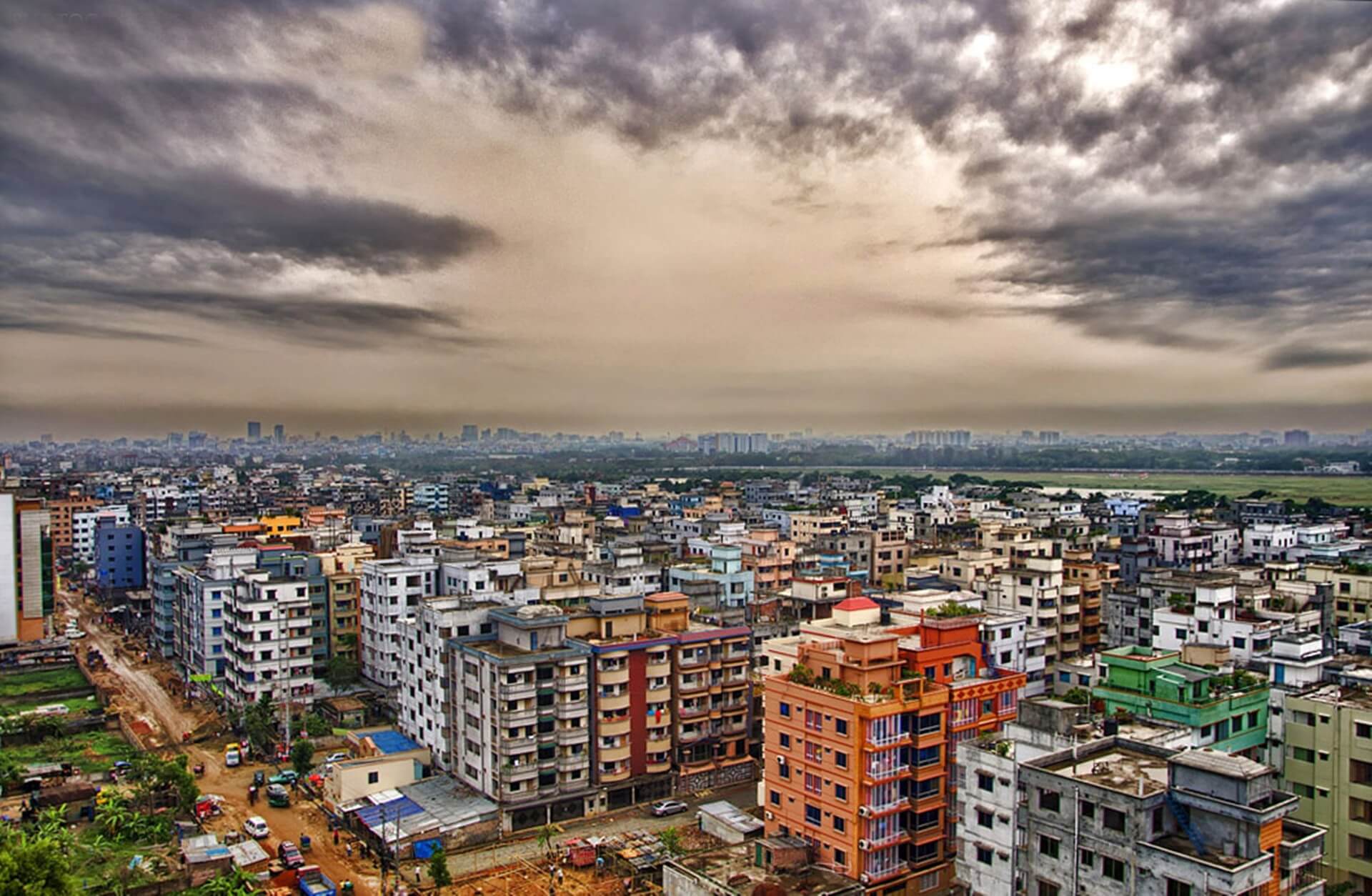
Dhaka is the economic, political and cultural center of Bangladesh. 17. During the Mughal rule of the 19th century, the city was known as Cihangir Nagar. It is one of the largest cities in South Asia, the largest city in East South Asia. It is among the countries of the Bay of Bengal; and is one of the largest cities among the countries of the Organization of the Islamic Union.
It is part of the Bengal plain; It is surrounded by Buriganga River, Turag River, Dhaleshwari River and Shitalakshya River. The city rose to prominence in the 17th century as a provincial capital and commercial center of the Mughal Empire. The city accounts for 35% of Bangladesh’s economy. The city is currently one of the most heavily industrialized areas in Bangladesh and is among the beta global cities.
7) Beijing, China (21,893,095)

Beijing is a global city and is on the list of populated places with a population of 21,893,095. It is one of the world’s leading centers for culture, diplomacy and politics, business and economics, education, language, science and technology. A mega city, Beijing is the second largest Chinese city after Shanghai in terms of urban population and is the country’s cultural, educational and political center. As of 2016, the city’s metro network is the busiest and longest in the world.
Beijing Daxing International Airport, a second international airport in Beijing, is the world’s largest single-built airport terminal. Combining both modern and traditional style architectures, Beijing is one of the oldest cities globally, with a rich history spanning more than three thousand years. Beijing is a world-leading center for scientific and technological innovation and has been named the No. 1 city with the world’s largest scientific research output, as tracked by Nature Index since 2016.
6) Mexico City, Mexico (21,918,936)
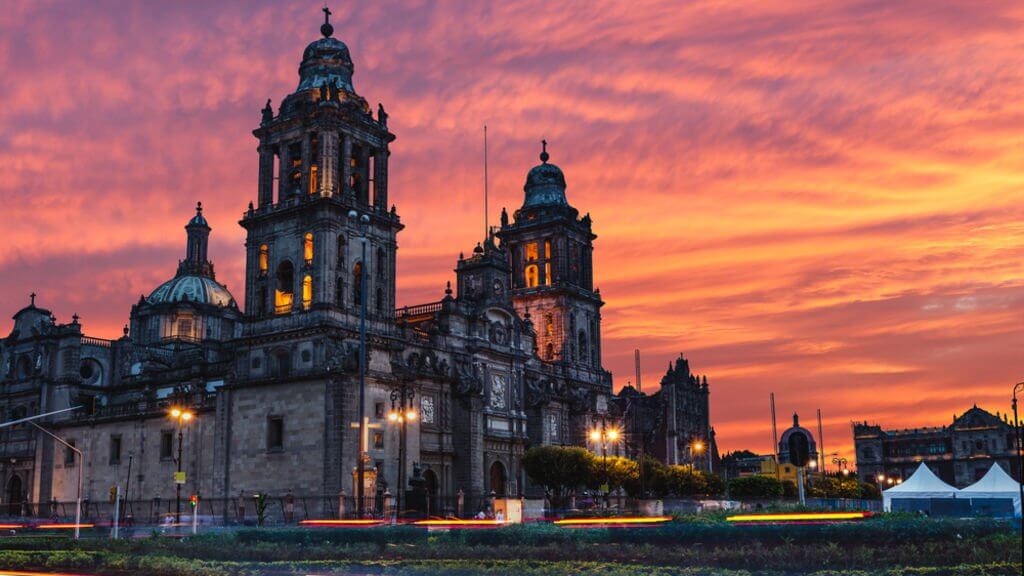
It is one of Mexico’s 32 federal entities. It is Mexico’s capital and largest city in terms of population. “Alpha” is a global city and at the same time one of the most important financial centers of the world and the Americas. It is located in the Valley of Mexico (Anahuac Valley), which is called the Basin of Mexico.
The city was originally built in 1325 as Tenochtitlan by the Mexica (Azteca) on a group of islands in Lake Texcoco. It was almost completely destroyed at the Siege of Tenochtitlan in 1521 and was subsequently rebuilt by the Spanish. It became the political, administrative and financial center of the Spanish colonial empire. It gained its independence from Spain in 1824. Historically and since pre-Columbian times, the Anahuac Valley has been one of Mexico’s most densely populated areas.
5) São Paulo, Brazil (22,237,472)

São Paulo is the largest Portuguese-speaking city in the world. The name of the city comes from the Apostle St. Paul of Tarsus. It has one of the largest economies in Latin America and the Southern Hemisphere. It is home to many of the tallest skyscrapers in Brazil. The city has cultural, economic and political influence at the national and international level. São Paulo is a cosmopolitan city; It is considered the most multicultural city in Brazil. From 1870 to 2010, about 2.3 million immigrants from all over the world came here. São Paulo hosted the 1950 and 2014 FIFA World Cups.
4) Shanghai, China (27,795,702)
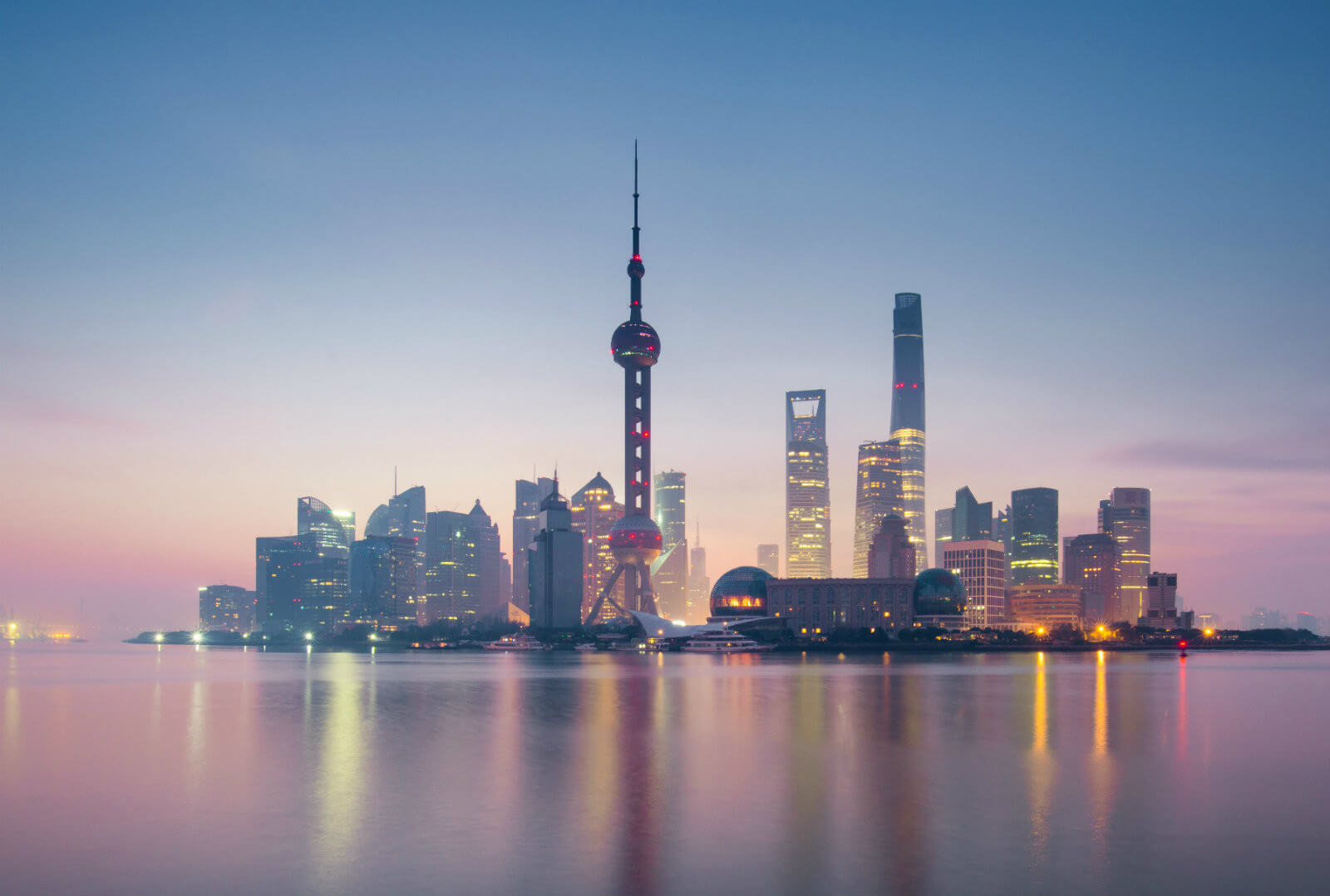
Shanghai, which is among the crowded places, is one of the 4 directly administered cities of the People’s Republic of China. It is the most populated urban area in China. Shanghai is its global hub. The population of Shanghai, which historically functions as a fishing port, salt production center and trade port, first started to increase during the Jin Dynasty. The city became the principal commercial and financial center of the Asia-Pacific region in the 1930s.
Until 1735 it was the largest trading port in the entire Yangtze region. The city has various nicknames in English, such as “Pearl of the East” and “Paris of the East”. In its travel guide, the Michelin company described the city of Shanghai as a three-star (“highly recommended”) place to see.
3) Delhi, India (31,181,376)
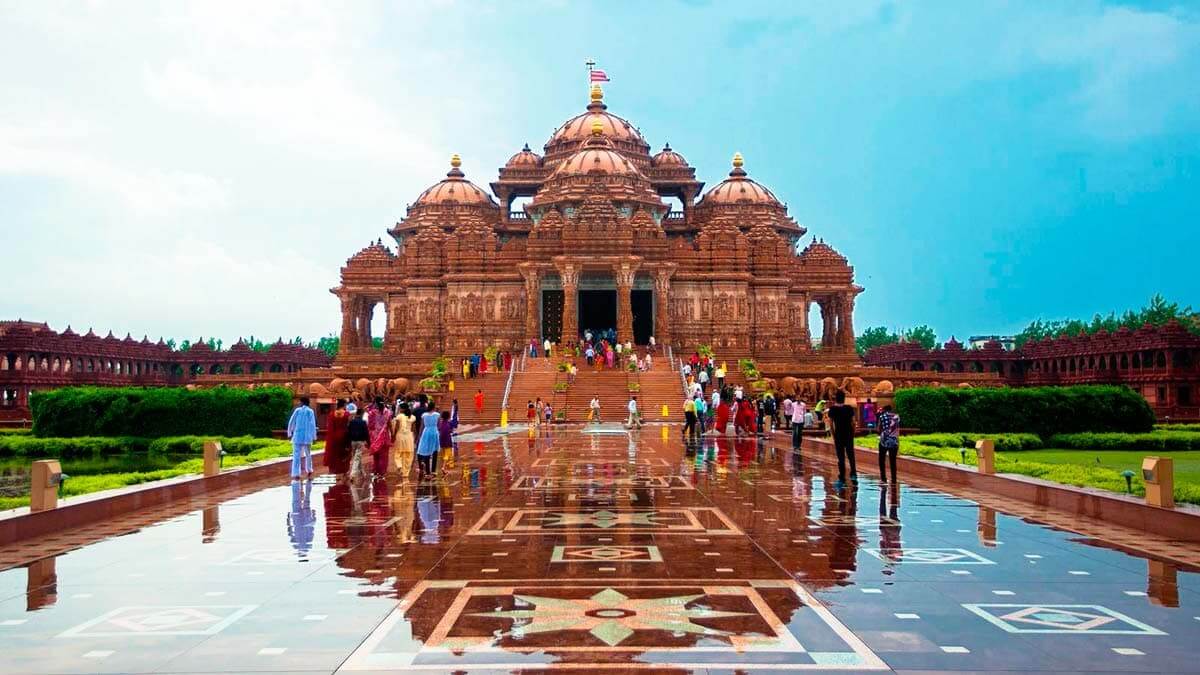
Delhi is a must on the list of crowded places. It is the second richest city in India (after Mumbai). The city ranks fifth among Indian states and union territories in the human development index. According to archaeological surveys conducted in the north of India, Delhi, located on the banks of the Yamuna River, has been a residential area since the 6th century BC. In the Middle Ages, Delhi was the capital of many Indian empires. For example, it was the capital of the Mughal Empire from 1649 to 1857.
For centuries, Delhi had been a dominant business and commercial center in North India, and since the 1990s it has been an important part of the international corporate and financial network. Due to immigration from all over the country towards Delhi, the city has become a cosmopolitan place.
2) Chongqing, China (32,054,159)

It is one of four municipalities under the direct administration of the central government of the People’s Republic of China (the other three are Beijing, Shanghai, and Tiestin). Chongqing has an extensive history and rich culture. As one of China’s National Central Cities, it serves as the financial center of the Sichuan Basin and Yangtze. It is a major manufacturing and transportation hub. Chongqing is rated as a Beta (global second tier) city. According to the results of a study by Nature Index, it is one of the top 100 cities in the world.
1) Tokyo, Japan (37,339,804)
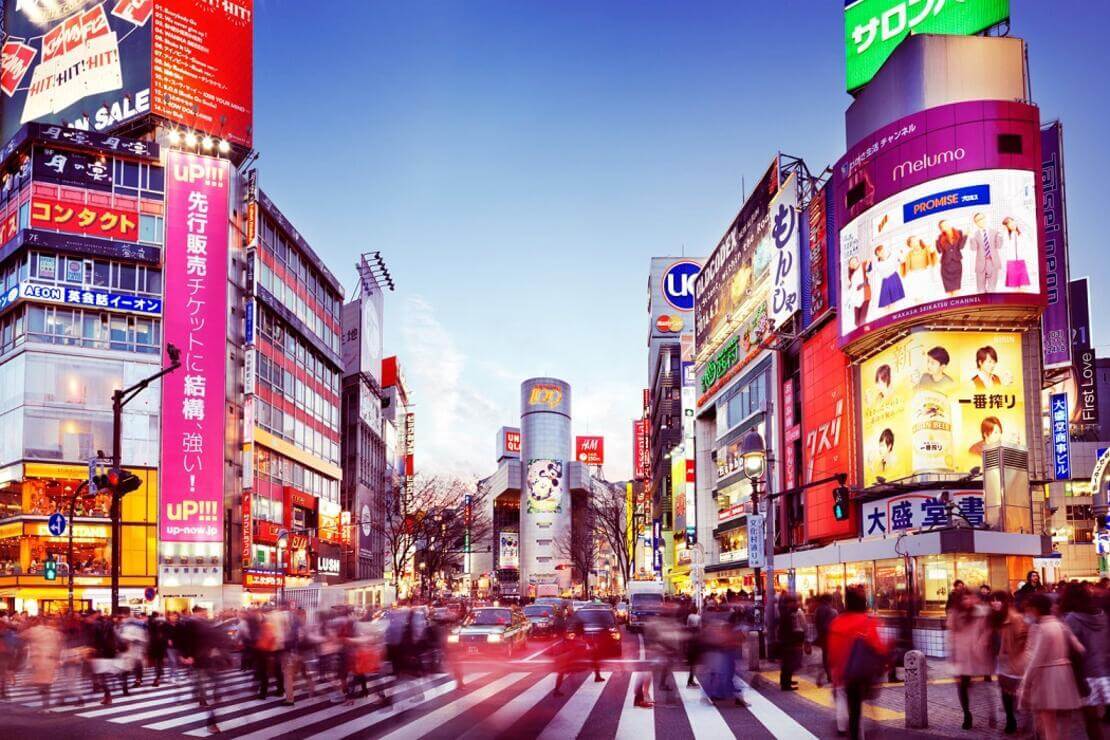
Number one in the crowded places high school, the megalopolis district Tokyo is the largest city in the world. It is the most expensive place to live, according to research. Located at the head of Tokyo Bay, the prefecture forms part of the Kantō region on the central Pacific coast of Japan’s main island of Honshu. Tokyo is the world’s largest urban economy in terms of gross domestic product and is classified as an “Alpha+” city by the Globalization and World Cities Research Network. The oldest underground metro line (1927) in East Asia is located here. The city has hosted many international events, including the 1964 Summer Olympics and Paralympic Games, the postponed 2020 Summer Olympics and Paralympic Games, and the three G7 Summits (1979, 1986 and 1993).
This post is also available in: Türkçe


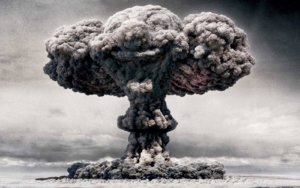



Yorumlar (0) Add Comment